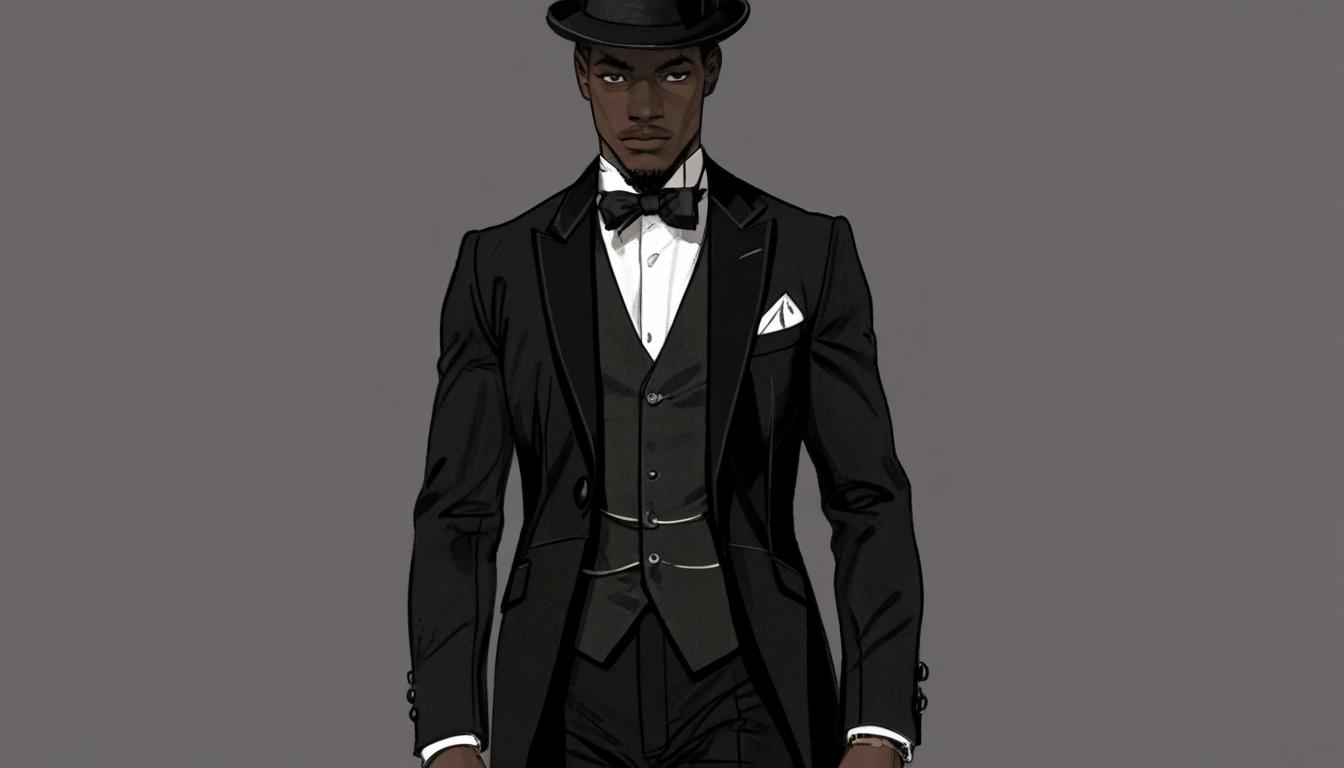The Met Gala, a premier event that intertwines fashion and art, is poised to present a theme rich in cultural dialogue this year: 'Superfine: Tailoring Black Style'. This theme seeks to shine a light on the often overlooked narratives within fashion history, particularly the movement of dandyism, which celebrates Black culture and the legacy of Black tailoring. Dandyism has profoundly influenced men’s fashion yet remains underrepresented in mainstream discussions.
Historically, dandyism is rooted in individualism, refinement, and nonconformity, emerging in the early 19th century as a rejection of prevailing social norms. Pioneers like Beau Brummell epitomised this movement, showcasing a style characterised by sharp suits and impeccable grooming, which conveyed a nuanced statement of identity and power. Brummell’s approach was not merely a matter of wardrobe; it represented an intricate dance of social navigation.
Although initially a European phenomenon tightly intertwined with class privilege, dandyism has since evolved. It has transcended its origins in the artistic salons of London and Paris, gradually influencing various fashion movements and fostering new interpretations within diverse communities.
Among the most significant reinterpretations of dandyism emerged from the Black diaspora. From Harlem to London, Black men began to adopt and mould this dandy aesthetic, infusing it with rich cultural influences and personal storytelling. The Black dandy became an emblem of style, intellect, and social defiance, symbolising resistance against racial inequality and discrimination. For many within the Black community, the sharp lines of a tailored suit or the delicate fold of a pocket square represented more than mere fashion; they were tools for empowerment in a society that often sought to marginalise their existence.
The Met Gala has previously faced critique for its seemingly arbitrary themes, such as last year's “Camp: Notes on Fashion” and “Heavenly Bodies: Fashion and the Catholic Imagination”. While these themes generated visual spectacle, they frequently neglected the deeper narratives that shape fashion's evolution and cultural significance.
This year, co-chairs A$AP Rocky, Pharrell Williams, Colman Domingo, and Lewis Hamilton, each of whom have integrated elements of dandyism into their personal styles, have the opportunity to shift the gala's focus towards a more meaningful dialogue. They aim to engage with the intersections of history, culture, and fashion, departing from the notion of a transient fad to explore a deeper, historic legacy.
The inclusion of Black dandyism within the Met Gala’s theme signals a broader move towards an inclusive and historically aware perspective in the fashion realm. It champions the reclamation of input from Black culture in shaping European fashion traditions—an influence that has too often been overlooked. By weaving together these legacies, the gala hopes to blend two powerful cultural movements: one rooted in European refinement and another in Black resistance and innovation. This initiative extends beyond fashion, aspiring to acknowledge forgotten histories and challenge contemporary narratives within the industry.
In a landscape where dominant cultural narratives often dictate fashion, this year’s Met Gala proposes a novel approach that encourages meaningful discourse and the recognition of long-overdue contributions to style and culture.
Prominent Black dandy designers are featured in this conversation, spotlighting figures such as Ozwald Boateng, who revolutionised British tailoring; Andrew Ramroop, the first Black business owner on Savile Row; Dapper Dan, known for merging high fashion with street aesthetics; Maurice Sedwell, a noted figure in tailoring; and Joe Casely-Hayford, whose work continues to inspire modern style. Each of these designers carries forward the legacy of dandyism, demonstrating how narratives of individuality, fashion, and cultural pride can coalesce into a powerful statement, ultimately inviting the fashion community to explore broader themes of identity and representation.
Source: Noah Wire Services
